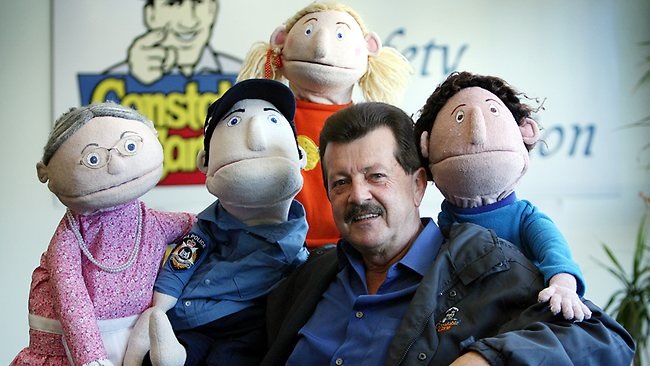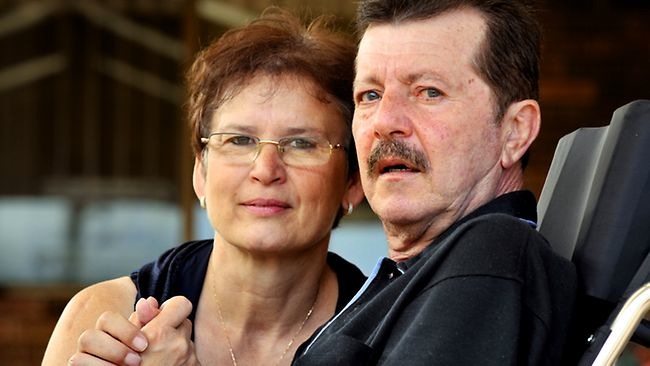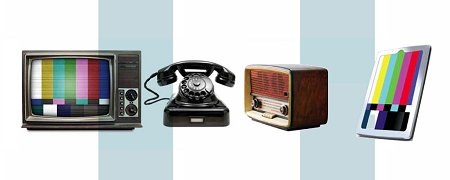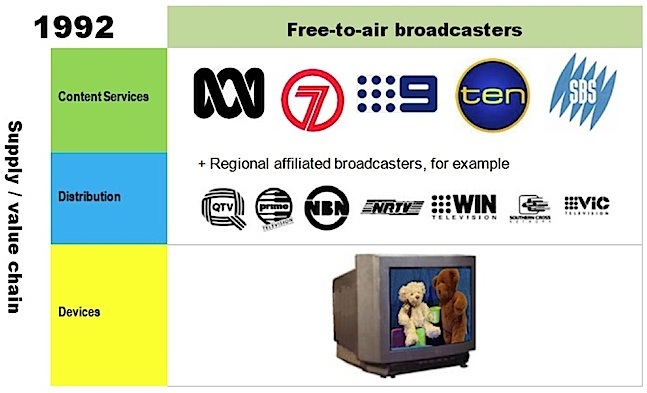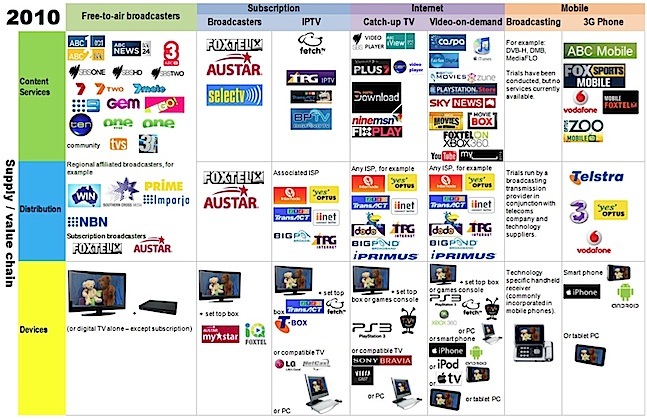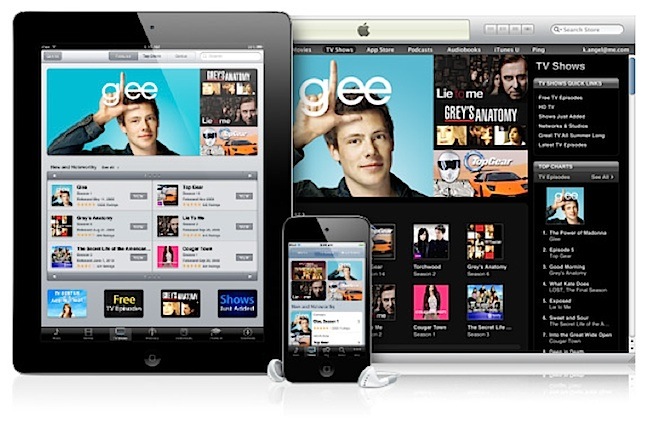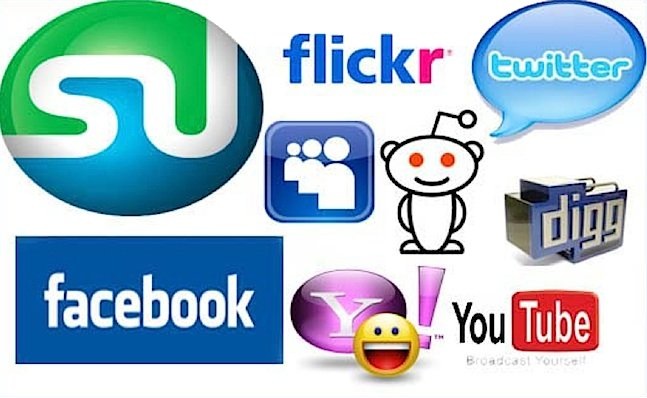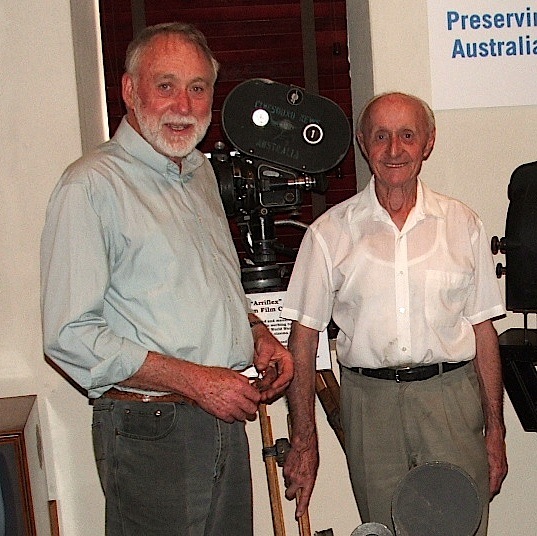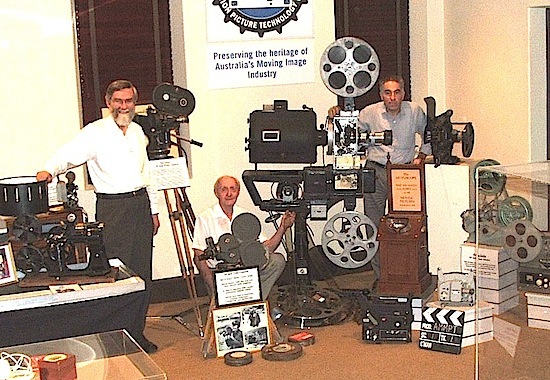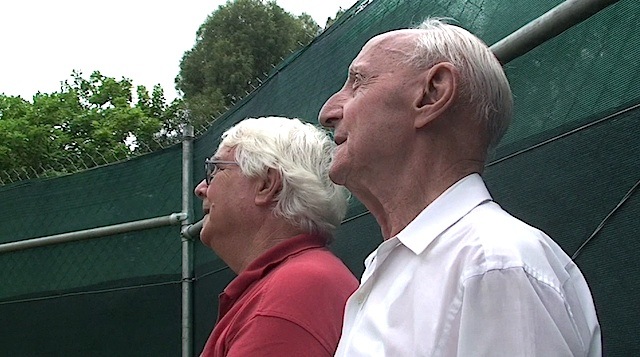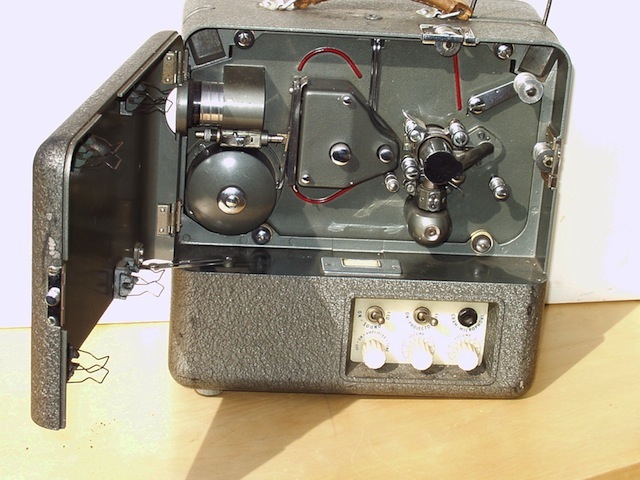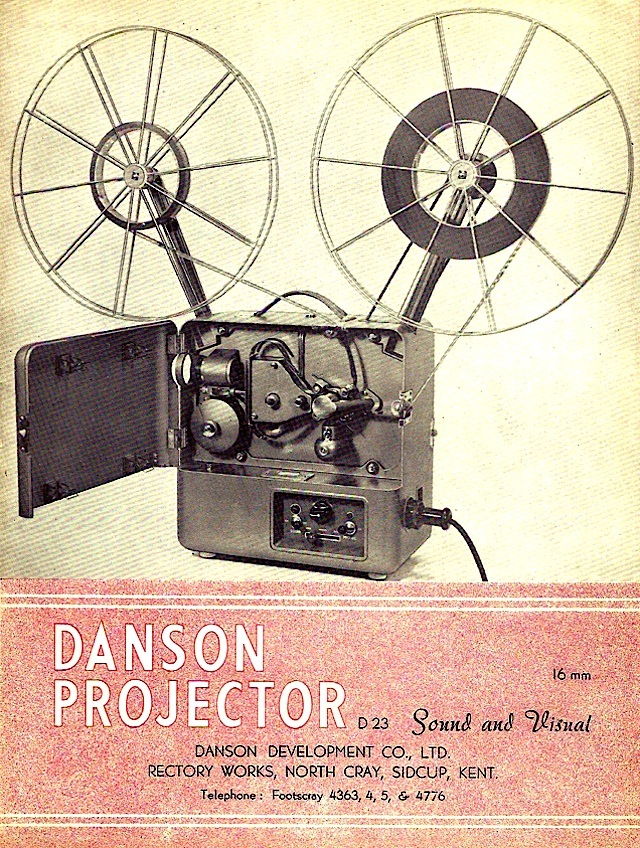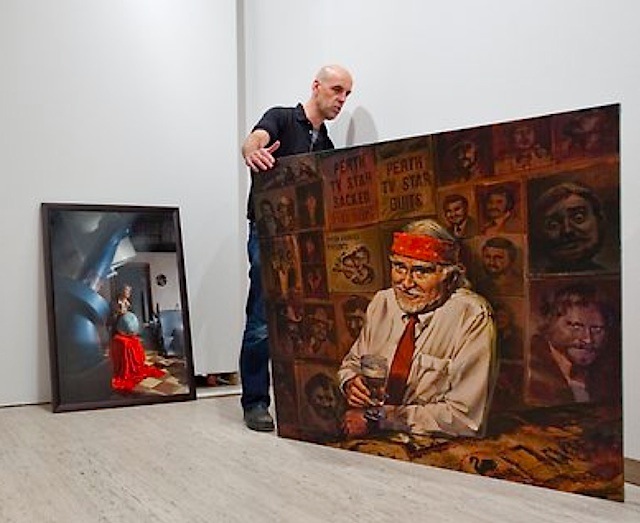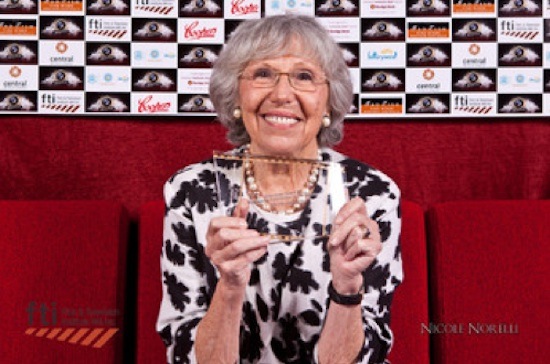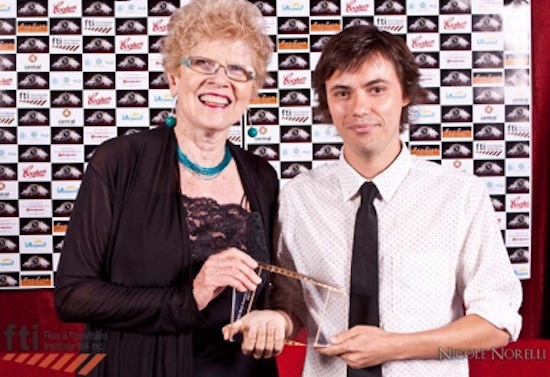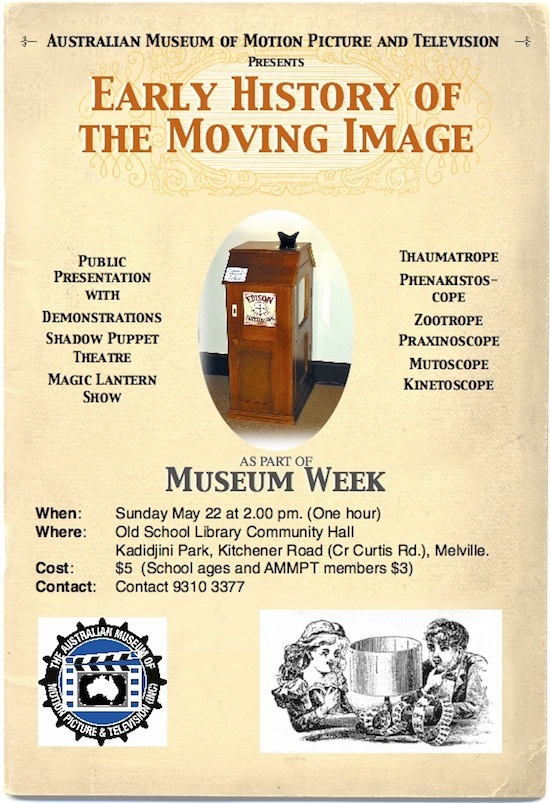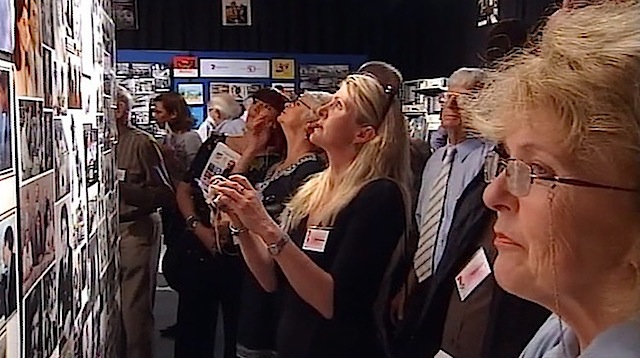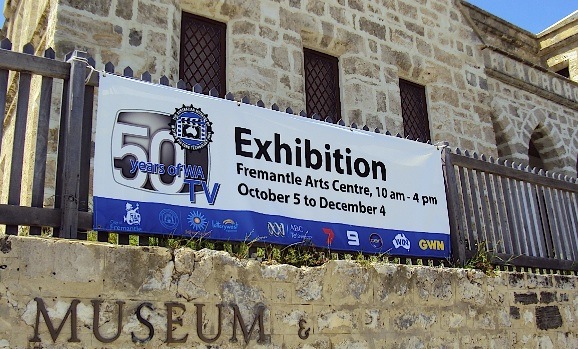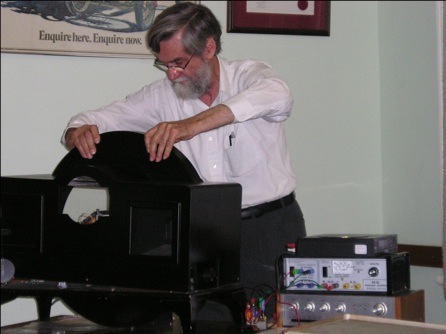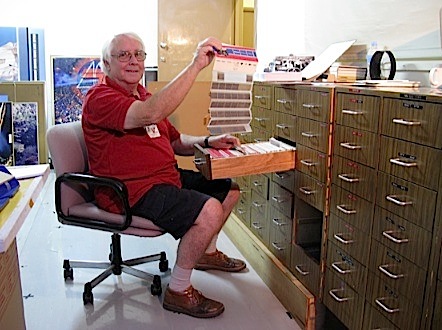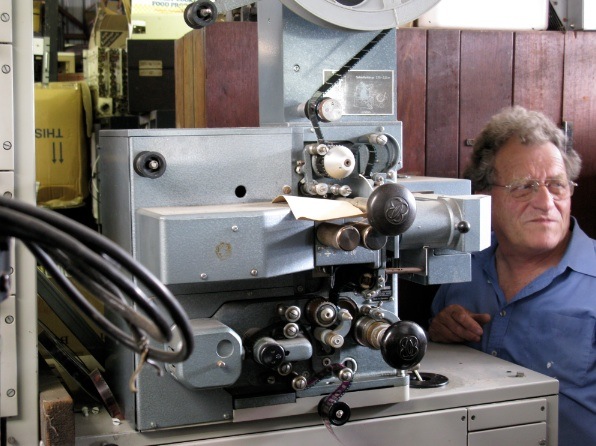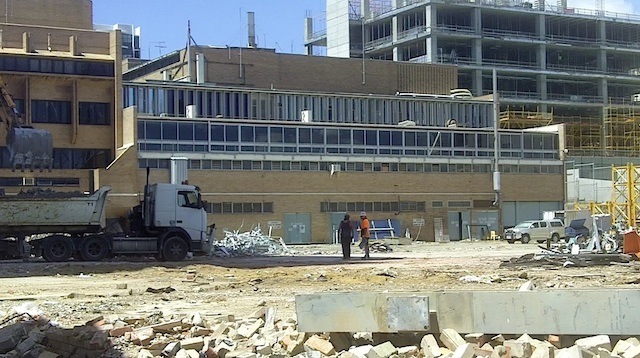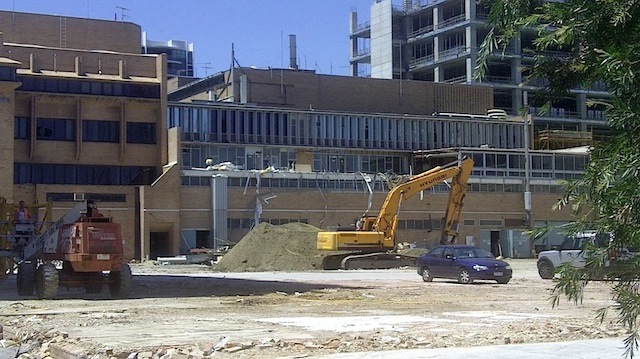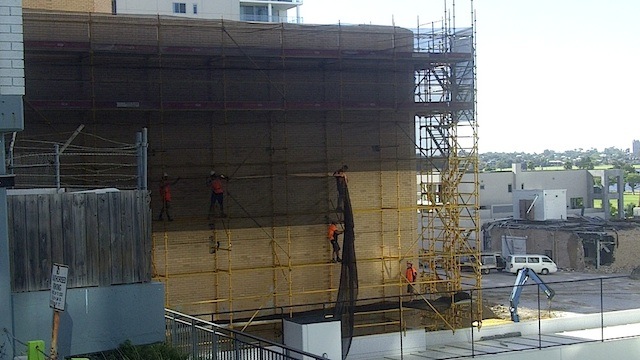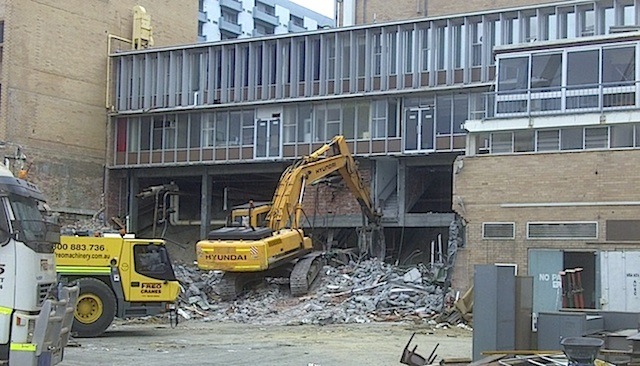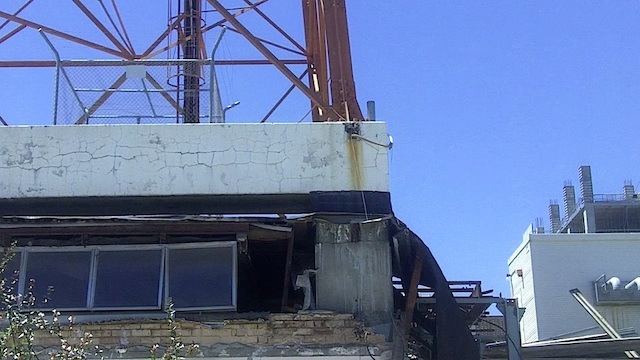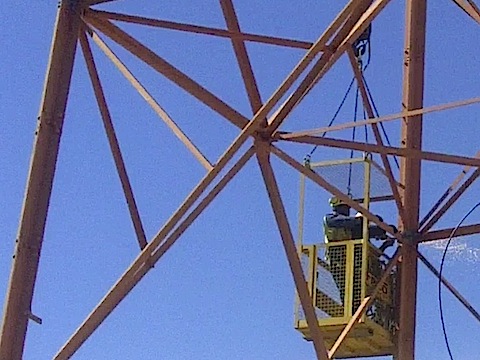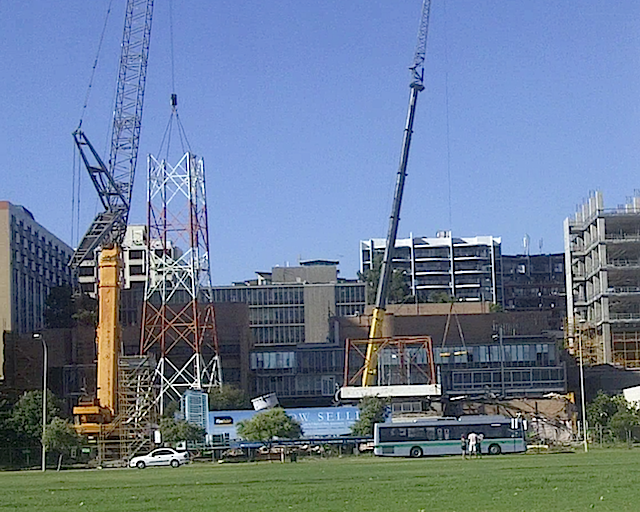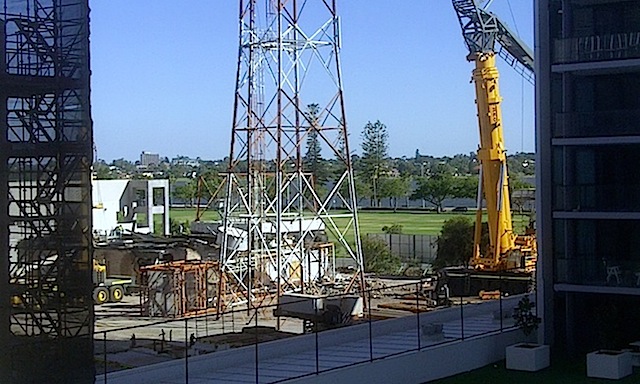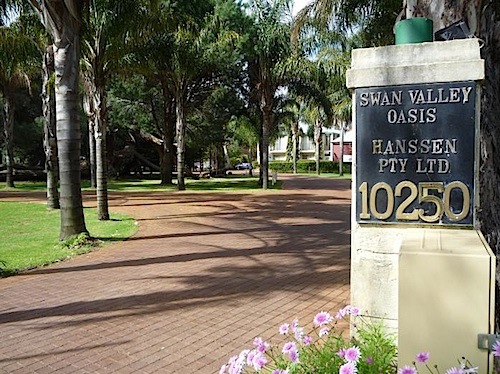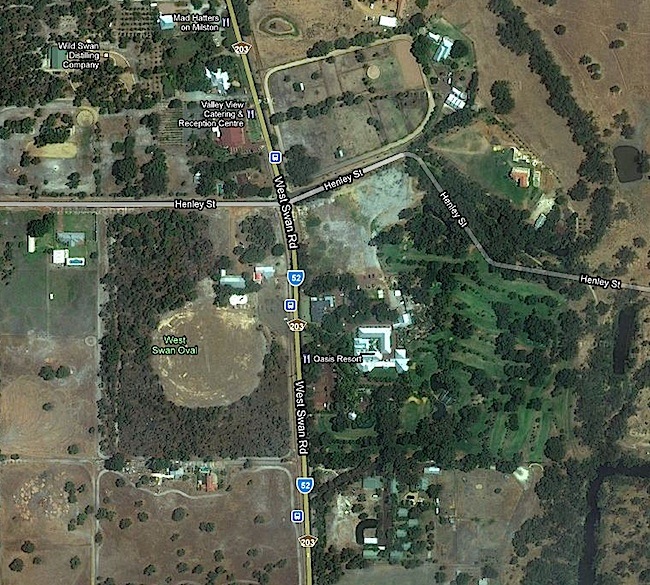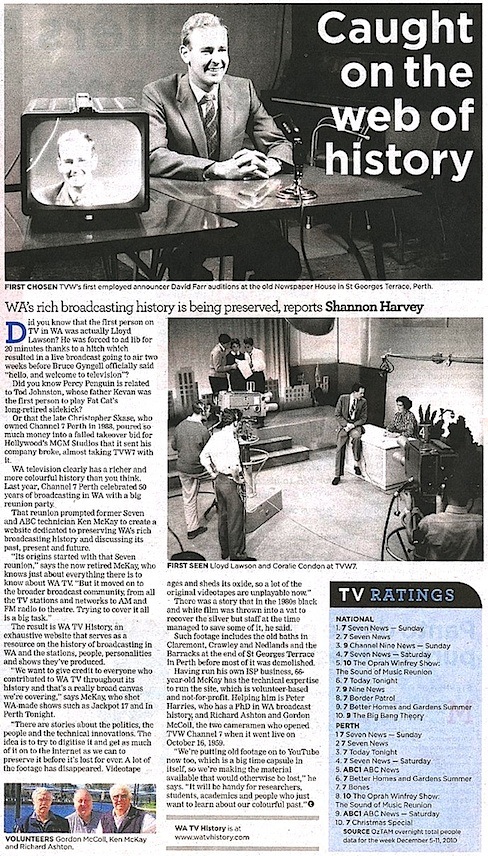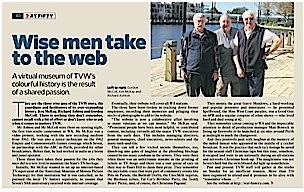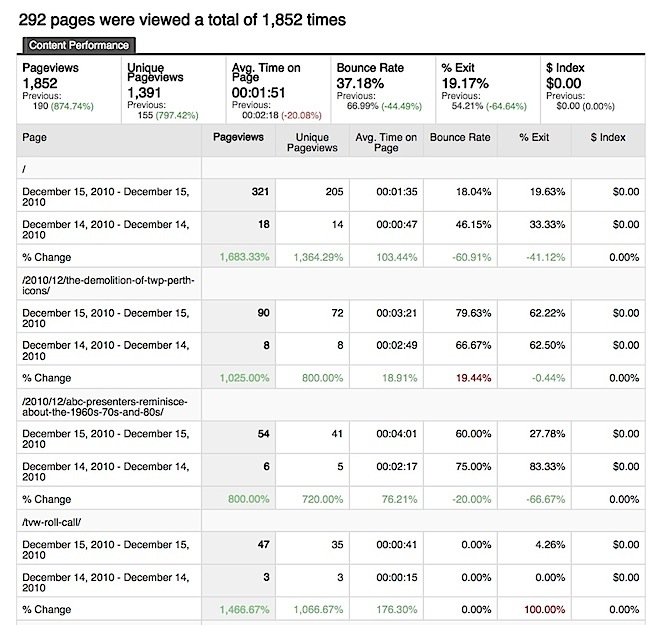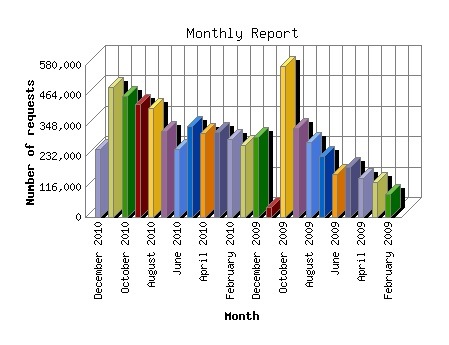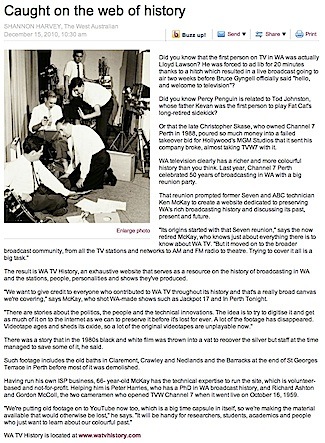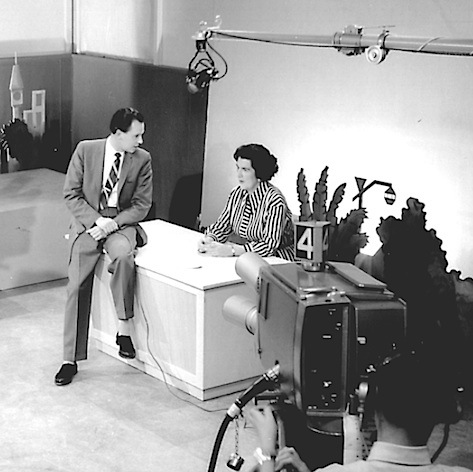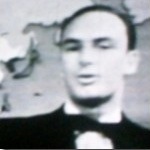We take a look in the crystal ball to see where the television industry is heading. The Australian ABC’s Jonathan Holmes and the Media Watch team did the same in 2008, and a number of their findings are still relevant today.
Future of Australian TV
Veterans who worked in the television industry have witnessed many changes, not only in the technology, but the organisational adjustments too. We started off with local independent stations, which later affiliated into networks to share content and gain a program buying advantage. Eventually the individual stations were acquired to become networks under a common owner. Now the networks are facing new challenges, as are other industries in a world that seems to be shrinking, with rapid transportation speeds and faster data transfer rates.
Since the advent of the Internet, many business practices have changed. There has been the recent argument over online shopping and its impact on local retailers. Customers seeking cheaper prices overseas and willing to wait the air freight time. This trend will eventually put pressure on most local commodities and services that are not competitive, and given time, there is likely to be a single world marketplace rather than a multitude of provincial providers servicing each locality. Perishables are less suited to long distance sales, though if the product is durable, its a likely candidate. Even more so for products that do not exhibit a physical size and are not limited by transport constraints, such as television shows, movies, computer software and games. For they can be transmitted swiftly as data across borders and vast distances, at the speed of light.
Internet Shopping – Will this include television content?
Courtesy Seven News
But what about television show which traditionally have been the domain of the local TV broadcasting stations? They are now becoming available online too in vast quantities.
It’s mind boggling to see what’s happening in the United States, who are often the trend setters with Australia following some time later. Even though the Internet is global, not all overseas streaming services are available here, due to fire-walling efforts to restrict them within the U.S. borders, which up until now has offered some protection for the local broadcasters. But this does not stop the tech savvy youngsters who find clever ways to circumvent these restrictions. Where there’s a will, there’s a smart teenager with a way.
There is an increasing range of legal content delivery methods over the Internet, which cater for all tastes in recorded programs. Though free-to-air television is still best suited to live sporting and other events of major interest. The arrival of Internet streaming now means that television stations can no longer monopolise this form. The only obstacle being the issue of rights. Older generations presently identify with the TV set, whilst younger viewers prefer computers, tablets and smart-phones. Streaming has become a viable option over the last decade, aided by increased Internet speeds and more liberal data limits. Many online content providers have come up with unique business models, each challenging the other.
Apple’s iTunes expanded from selling music to distributing Movies, TV shows, Podcasts, Audiobooks, University related learning, games and software in the form of Apps to the new iBookstore and its range of publications. The latest Apple TV provides an intuitive, low cost, user-friendly device for accessing not only Apple sourced shows, but opens it to competition in the form of Netflix, YouTube, Flickr and possibly Hulu in the future.
Introducing the Apple TV
Apple TV therefore lets you rent new movies and TV shows, stream Netflix content, watch YouTube videos, and enjoy photos, music, and more right from your HDTV.
Netflix also supplies TV shows and movies online, which can be streamed to your TV via the Apple TV, Wii, Xbox, PS3 and many other devices. Netflix is an American corporation that first offered flat rate online rental (rental-by-mail) of DVD-Video and Blu-ray Discs in the United States and later on-demand video streaming over the Internet, in the United States and Canada. The company obtains content from various studios and other content providers through fixed-fee licenses, revenue sharing agreements and direct purchases. Netflix has been around for more than a decade but became a powerhouse only recently, as its subscriber count more than doubled in the last two years and its market capitalisation more than quintupled to $12.5 billion. Last year was a bumper year for the company. Its stock price increased 219% to $175.70 whilst they added 8 million subscribers, bringing its total to 20 million. Revenue jumped 29% to $2.16 billion and net income was up 39% to $161 million.
Netflix demo on the Apple TV
Netflix not only competes with Apple’s iTunes and Hulu, but also video on demand (VoD) services from pay-TV providers like Comcast and Time Warner Cable, and specialised movie rental companies like Redbox, who deal in DVD and Blu-ray rentals. Netflix has been the only company to streams a large selection of movies and TV shows online for a monthly fee of $7.99, though retail giants such as Wal-Mart Stores Inc., Amazon.com Inc., and Best Buy Co., Internet television provider Hulu, and satellite broadcaster Dish Network Corp are contemplating or in the process of getting on the bandwagon. Until now, Wal-Mart’s Vudu and Best Buy’s CinemaNow have been running a pay-per-view system. Google’s YouTube and Apple’s iTunes Store could also pose a serious threat to Netflix if they moved into subscriptions.
Meanwhile, U.S. domiciled citizens can use Amazon’s new unlimited streaming deal to watch more than 5,000 movies and TV shows on their Mac or Windows PC, as well as Internet-connected TVs, Blu-ray players, and select set-top boxes. That’s miniscule compared with Netflix, but Amazon is prepared to spend more to beef up its library to make instant access available to new TV shows from the broadcast networks and classic, kids and family shows as well as premium TV shows from HBO or Showtime. They can watch new release and blockbuster movies, classic favourites, and foreign films. With Amazon Prime instant videos, they get unlimited, commercial-free viewing of over 5,000 movies and TV shows with a Prime membership (annual $79 membership fee) for their shipping discount service. TV shows are $1.99 per episode with discounts up to 30% for full season purchases. Rent movies for as little as $0.99 or buy movies for as low as $4.99. Downloads available to TiVo and Personal Computers. Its also possible to stream movies on Roku, Vizio, Samsung, Sony Bravia, Sony Blu-ray, Panasonic Blu-ray, Panasonic TV and Google TV.
Amazon Prime instant videos
Google TV is another concept that is being incorporated into new high-definition television sets and Blu-ray players by Sony. Set-top boxes developed by Logitech will service older TV sets. Using Google’s Chrome web browser, viewers will be able to access the Internet from their TV, browsing web sites whilst watching television. This will be assisted by a wireless remote control with a full QWERTY keypad, which ship with the Google TV products. Software developers are being encouraged to create applications that can extend the system’s functionality. For example, Netflix has built an application that allows customers to access their large library of movies and television shows. Though not everyone has warmed to the Google TV concept. NBC, ABC,and Hulu have blocked Google TV enabled devices from accessing their web content since Google TV’s launch.
Google TV explained
Hulu is another successful business model that is fast gaining popularity. Owned by NBC Universal (Comcast/General Electric), Fox Entertainment Group (News Corp) and Disney-ABC Television Group (The Walt Disney Company), it presently services viewers in the United States and its overseas territories. Hulu was formed to counter the piracy culture of youthful downloaders, desiring free copies of the latest and most popular movies and TV shows. Hulu videos are played in their own embeddable web-player. Content comes from at least a dozen TV networks and two major film studios. Hulu also carries shows from other networks, such as Current TV, PBS, USA Network, Bravo, Fuel TV, FX, NFL Network, Speed, Big Ten Network, Syfy, Style, Sundance, E!, G4, Versus, A&E, Oxygen and online comedy sources such as the Onion News Network. Participating content suppliers gets 50 to 70 percent of advertising revenue derived from showing their content. Hulu’s basic model is free to viewers, whilst Hulu Plus offers an enhanced subscription based service.
Hulu Plus App for iPhone, iPad, iPod and Touch
Hulu’s revenue was $25 million in 2008, $108 million in 2009 and $263 million in 2010. It’s currently experiencing an exponential growth rate just supplying the United States. Now they are using traditional TV Ads to lure television viewers away from the free-to-air and cable networks to an ever increasing source of on-demand content, and its a strategy that has been incredibly effective.
Hulu currently carries thousands of hours of programming which viewers can not only watch on their TVs (by connecting a computer with a streaming capable video card to the TV via HDMI or other connection) but also the iPad, iPhone and iPod Touch running iOS4 or higher. Hulu Plus will be available on Sony games devices such as the PlayStation 3 as well as via Samsung TVs. Discussions are ongoing with Microsoft about putting Hulu Plus on the XBox console.
Hulu access from Australia is restricted, unless the user employs a U.S. based proxy server to trick Hulu into thinking the user resides in America. Products like VPN Authority claim to overcome this access problem by providing an encrypted tunnelling solution between your computer and their relay servers in the United States. Australian viewers then use the Internet normally, except that their data is encrypted en route and the outside world only sees the proxy server’s IP address. This then allows you to view the normally blocked Hulu web video content.
In July 2010, the Financial Times revealed that Hulu had been working on plans for an international launch, but they first need to have global streaming rights for the content. This requires working with the content owners to clear the rights for each show or film in every region. It’s a long-term project and Hulu has no definite timeline yet, but emphasise that they’ll continue to work to make it happen.
The future may be closer that you think as Netflix increases its spending for online content from $180 million last year to nearly $2 billion for 2012, according to Wedbush Morgan Securities. The LA Times reports that Netflix has been in a deal-making frenzy, agreeing to pay cable channel Epix nearly $1 billion over five years for movies from Paramount Pictures, Lionsgate and Metro-Goldwyn-Mayer Inc.
“Studios can’t scoff at that money, but some fret that it’s a deal with the devil, securing short-term gains that come with a long-term erosion of their other businesses as consumers come to rely on Netflix.”
Should the day arrive when it is more profitable for the overseas production companies to sell all their programs and global rights to the Internet streamers, rather than the traditional broadcasters, then our television networks will have to rely on local production houses or be self sufficient. The loss of cheap overseas shows will impact on profitability, owing to the greater cost associated with making quality local shows. This can be offset by sales, should their product be capable of attracting an international audience. Survival is likely to depend on a strong regional focus, catering best to the needs of the local Australian audience to hold viewers, once overseas content bypasses them by being delivered direct and on-demand over the internet.
Interestingly, the last few decades has witnessed a loss of autonomy within television stations, as they’ve been amalgamated into networks. Centralisation has taken over from local program coordination, presentation and decision making. Cost cutting took place as each State went on the national relay and many jobs were shed. A priority in issuing television licenses in the first place, was to give an emphasis to local ownership, designed to served the local needs. The last 50 years has seen the exact opposite take place, as this doctrine has been unravelled and ownership fall into the hands of a few.
Roku Instant Internet TV
Roku is a highly popular set-top-box that allows U.S. users to instantly stream tons of entertainment on their TV. Watch movies and TV shows from Netflix, Hulu Plus or Amazon Instant Video, listen to music on Pandora and more, whenever they want it. The cost of the device starts at US$59 and from that point on, additional costs depend on the U.S. based streaming services one is subscribed to.
What local TV streaming services are now available in Australian?
Telstra T-Box
This video guide shows how you can access BigPond Movies and TV on your Telstra T-Box™.
Telstra has introduced the T-Box which enables you to access and rent movies and TV shows from the BigPond Movies library, all from the comfort of your lounge room. Unfortunately the T-Box locks you into the BigPond® Broadband service before you can purchase the T-Box and access its features. The device costs $299 outright, compared to the A$129.00 for the Apple TV, which can be used with any provider. What’s more, the real minimum cost of the T-Box service is $908.35 based on T-Box, BigPond 2GB Elite ADSL $49.95 per month over 12 months and $9.95 delivery fee. Customers with an existing eligible BigPond Broadband service can pay $299 to buy the T-Box outright, or $35 upfront plus $11 per month for 24 months on your Telstra Bill. FOXTEL on the T-Box service is also coming soon.
iiNet’s FetchTV
The launch of the new FetchTV Internet protocol television service by major ISP iiNet in Australia, which is also supported by other ISP’s like Internode and ADAM internet, has created a threat to leading Pay TV cable and satellite player FOXTEL. The FetchTV 2 requires a $399 set-top-box and a minimum $19.95 per month. The set-top-box can either be bought outright or rented over a 24 month contract at $29.95 per month. A cheaper FetchTV 1 rental package starts at $14.95 per month, but does not include the 30 on demand movies at any time and additional TV channels.
FOXTEL now delivered over the Internet to Xbox 360
The Xbox 360 is a video game console produced by Microsoft. As of January 2011, there are over 50 million Xbox 360 consoles worldwide. Its integrated Xbox Live service allows players to compete online, download arcade games, game demos, trailers, TV shows, music and movies. The device is about A$500 subject to future discounting.
FOXTEL on the Xbox 360 has an entry price of less than $20 per month and additional packages from $10. Access to the Live channels, hundreds of Catch Up TV titles and pay-per-view titles from FOXTEL On Demand costs less than $75.
Australian iTunes Store
The iTunes Store is a software-based online digital media store operated by Apple. Originally only Mac OS X users, who had credit cards with a U.S. billing address, could buy songs through the service, but since 2004, the service is now available in a wide range of countries, including Australia and New Zealand. This gives Apple a wider reach than Netflix, Amazon Prime instant videos and Hulu, until these providers go global. iTunes is now available on a wider range of platforms including Windows PC’s, the iPhone, Touch, iPad and the Apple TV. A user must pay with an iTunes gift card or a credit card with a billing address in the country of the appropriate store. The iTunes Store is the number #1 music download store according to Nielsen SoundScan and a significant player in the provision of online movies and TV shows. The Apps Store and the iBookstore extend their reach into mobile software, games and publications. The latest Apple TV is a small, inexpensive but powerful set-top-box, where everything is stored on the cloud (Apple’s vast data centres). The Apple TV not only provides access to the iTunes Store, but also Netflix (in the U.S.), YouTube and Flickr.
Steve Jobs with iTunes and Apple TV
WA TV History
Who better to describe the remarkable popularity of the iTunes Store and the revolutionary Apple TV concept than Apple CEO Steve Jobs.
Home entertainment has undergone a considerable change from singing around the piano, listening to the radio and watching the new fangled television sets on opening night in a shop window, to home cinemas with high definition widescreens, 3D and surround sound. The program source is no longer restricted to a TV transmitter within one’s reception area, affected by snow or ghosting. Nor do we need to be subjected to shows of less appeal than we desire. There is a enormous collection of content awaiting us from a vast range of suppliers and program makers, that can stimulate us like never before. This change is taking place at an ever increasing rate. What was considered new today is likely to be ancient history tomorrow, and the big story will centre on who has the smarts and the muscle to take best advantage of the latest trends, to come out the winners in the long run.





